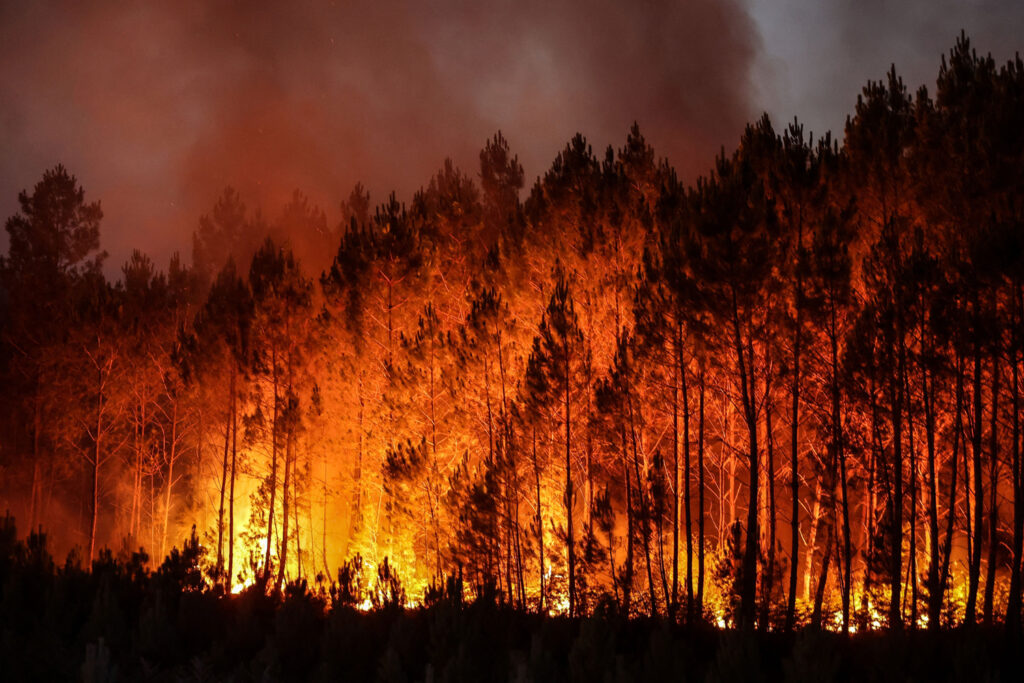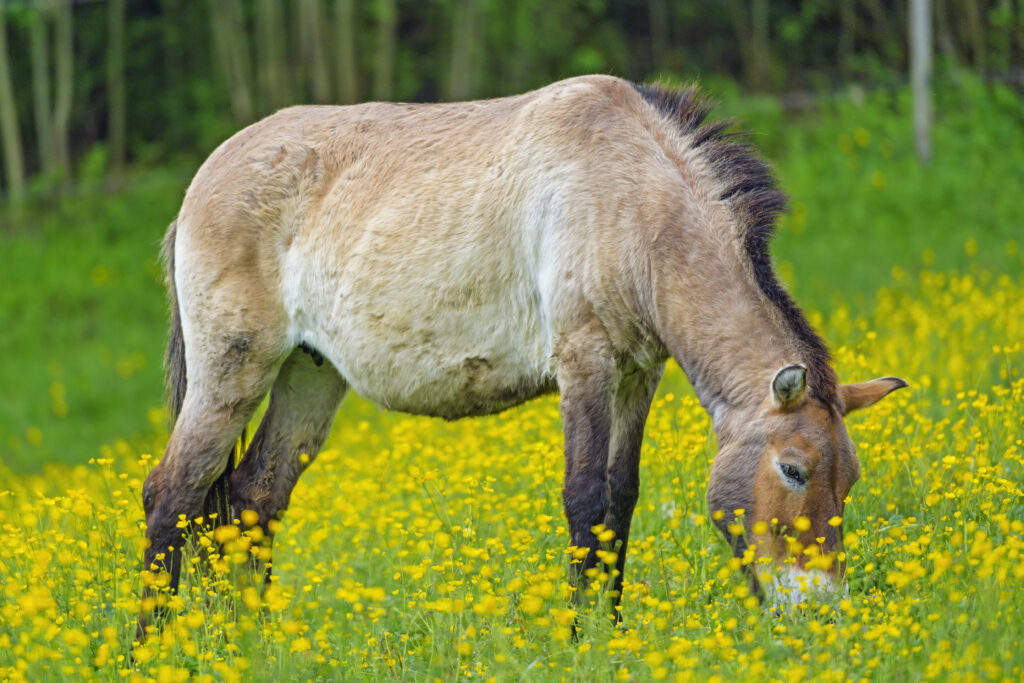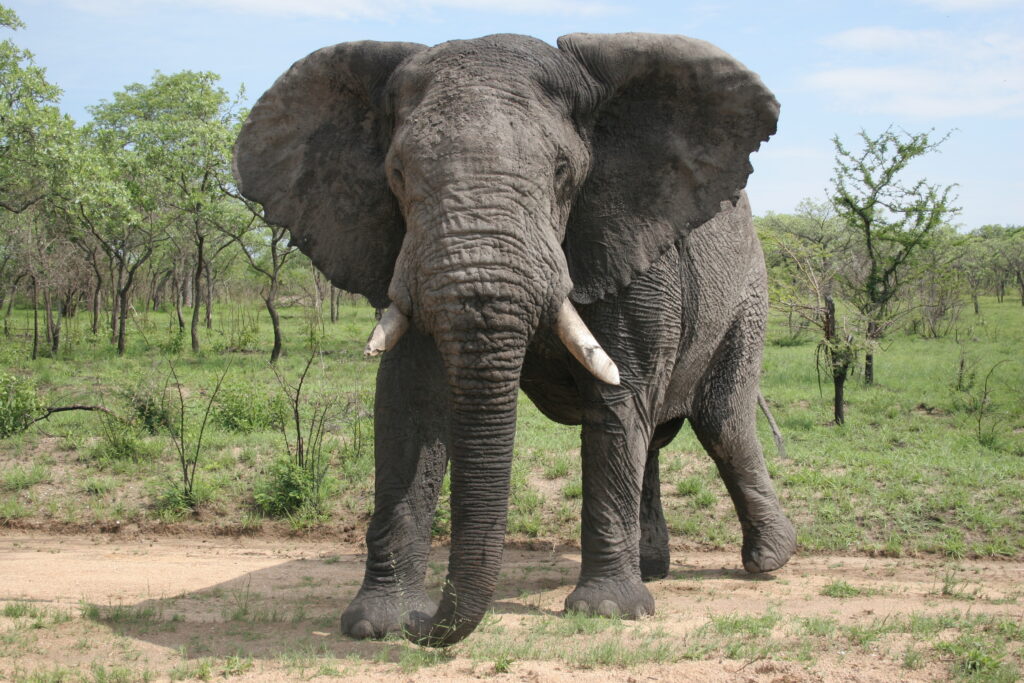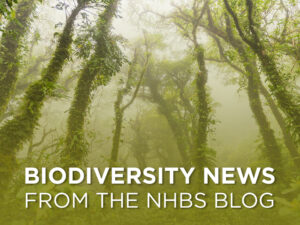Climate Crisis
Wildfires are threatening the unique ecosystems of Brazil’s tropical wetlands. The Pantanal encompasses the world’s largest tropical wetland and contains a UNESCO World Heritage Site. The wildfire season has arrived earlier than normal – state climate experts, and has already destroyed 32,000 hectares of land. Since the start of 2024, there have been over 1,300 recorded wildfires, and as the region moves into the dry season, dry winds and reduced rainfall increase the risk of further environmental deterioration. Brazil’s federal government has announced that it will be working with other state governments to combat the fires, emphasising preventative measures for these disasters.
Specialist pollinators in the tropical rainforests of South America are under threat from land use change. A study revisiting historic data on the baseline diversity of orchid bees in Brazil found that deforestation and intensifying agriculture has caused significant disruption in the abundance and diversity of the group. Important both economically and ecologically, this vibrant group are key pollinators of over 30 plant families in the region and play a vital role in agriculture. In 1997, Brazil was considered one of the most diverse regions for orchid bees across the globe, but this changed with significant losses of tree cover. Their loss is part of a broader picture of the Amazon’s native pollinators, and without them, agriculture and natural ecosystems could collapse. This study highlights the need for regular monitoring, allowing us to observe the impacts of destruction more clearly.

Exposure to toxic particles from wildfires has led to the death of over 50,000 Californians in a decade. The first study to quantify long-term impacts of chronic exposure to PM2.5 from wildfires, found that over 52,000 premature deaths were attributed to exposure and over $432 billion was spent on wildfire smoke-related health expenses from 2008–2018. PM2.5 microscopic particles can bury into lung tissue before entering the blood stream – they are associated with various health conditions and can cause heart attacks, premature birth and early death. The study has conjured a call to action for forest management and mitigation of climate change.
Conservation
After an absence of around 200 years, a small group of the world’s last truly-wild horses have been translocated to Kazakhstan. Seven Przewalskis’s Horses, one stallion and six mares, have been translocated from zoos in Prague and Berlin. Historically part of steppe grasslands in central Asia over 5,000 years ago, these animals have returned to their native Kazakhstan to improve the biodiversity of the landscape. Their dung can spread seeds and fertilise the land, and foraging behaviours can encourage water absorption in the soil. This translocation is part of a plan to relocate 40 horses to the region over the next five years. This follows a similar project undertaken in Mongolia, with nine flights of Przewalski’s Horses relocated with great success – there are now over 1,500 wild horses in the region with a stable population.

A new tool has been developed which allows conservationists to forecast coral disease. Led by the University of Hawai’i, researchers have developed an ecological forecasting technology using environmental indicators to better predict disease outbreaks in coral. This allows conservationists to intervene at the appropriate time, improving conservation outcomes for affected coral species. Coral species are increasingly threatened by pollution, human impact and climate change, yet we depend on coral-based ecosystems for many things, including medicine and coastal protection from storms and erosion. The use of ecological forecasts could prove to be critical in conserving and managing marine ecosystems, ensuring environmental resilience in the face of climate change.
Wildlife
Australia’s foxes are contributing to devastating declines of freshwater turtle populations across the country. It is estimated that 1.7 million foxes kill around 300 million native Australian animals a year, including reptiles, and have been consuming entire nests of turtle eggs and reproductive females. The Eastern Long-necked Turtle, the most common species along the Murray River, has experienced 90% declines since 1980. Nearly half of all freshwater turtle species are listed as threatened in at least one state in Australia, and with foxes found in over 80% of the mainland, the threats to the species are mounting. To counteract these pressures, the 1 Million Turtles scheme is hoping to hatch one million eggs, eventually returning the turtles to the water while overcoming data gaps for the group. The scheme is also looking at preventative measures through the construction of fox proof fences and artificial islands.

Research has shown that elephants call each other by name. This is the first recorded example of naming in wild animals that does not involve imitation, as seen with parrots and dolphins. Researchers have used AI to analyse the vocalisations of two wild herds in Kenya, identifying over 400 distinct calls. The study found that the herds were using specific sounds to address an individual, and were able to recognise and react to calls addressed to them, even reacting positively to calls from family members. Names were more commonly used by adults and were typically used over long distance or when addressing young elephants. There have been calls for further research, but this study suggests that elephants may have the ability for abstract thought.

